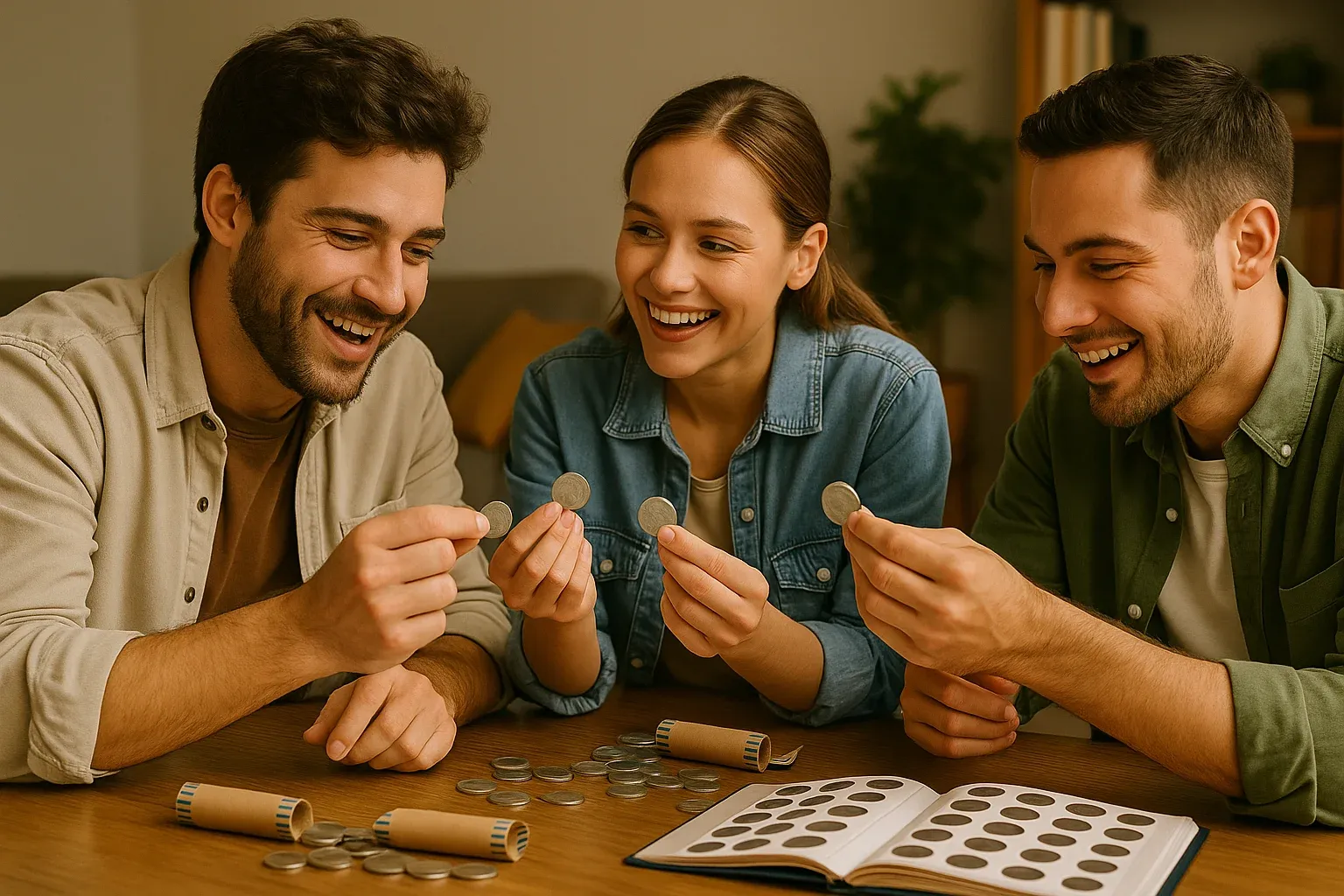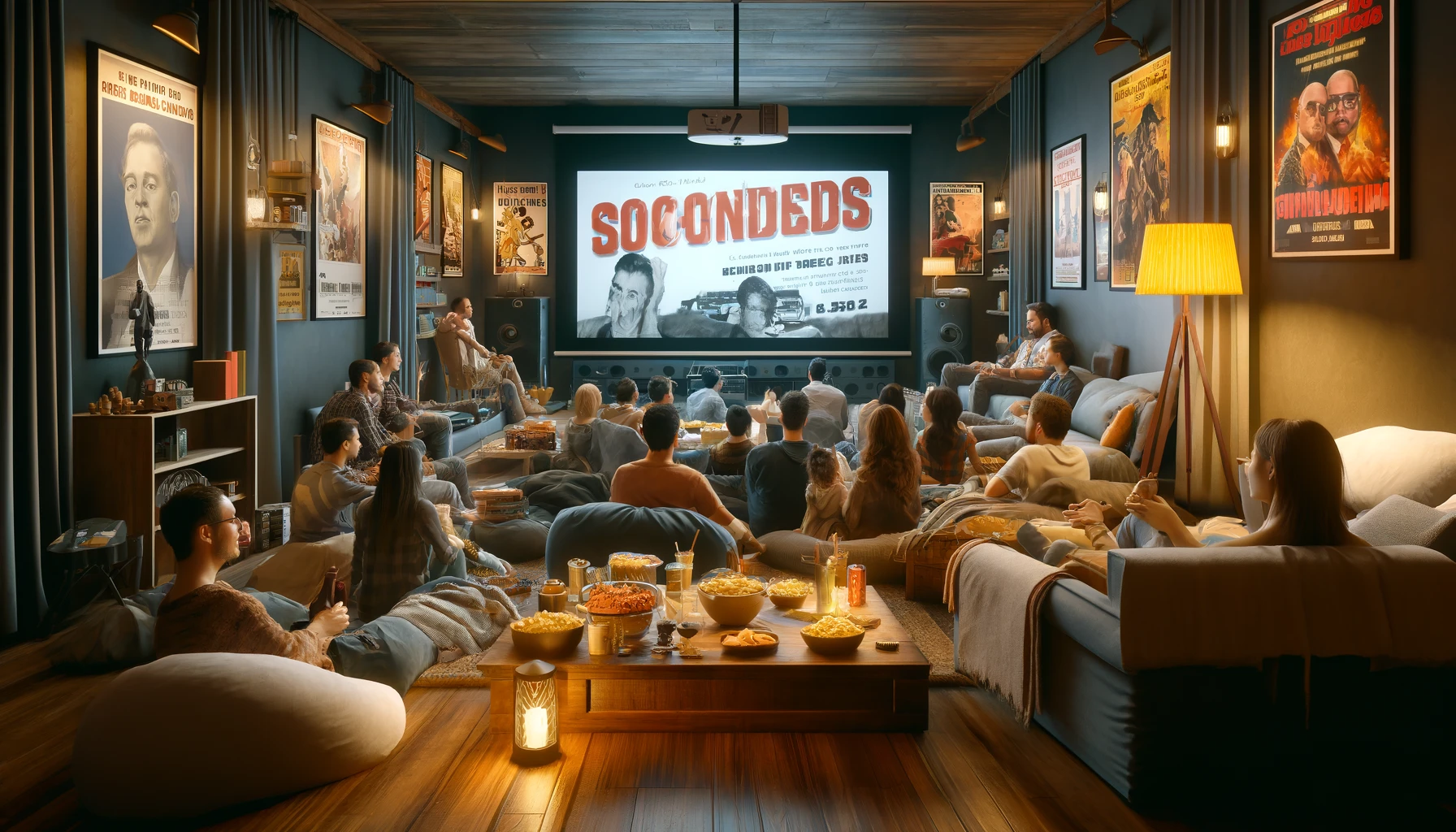Beyond the Basics: A Collector’s Guide to Nickel Rolls
How many nickels in a roll? The straightforward answer is 40 coins, which equals. It is quite simple math, right? But for collectors, coin roll hunting isn’t just about arithmetic. Well, actually, a sealed roll of nickels can be a time capsule, a history lesson, and sometimes even a treasure chest. Beneath those tightly wrapped coins may be pieces of the past, rare errors, or designs that haven’t been minted for decades.
So, today we are going beyond the basics. Rather than stopping at numbers, we would like to check why nickel rolls matter to collectors, especially beginners, and what makes them interesting. Here you will find practical advice, fun facts, and tips that turn an ordinary bank roll into something unusual.
Nickel Roll Basics Every Collector Should Know
At first glance, a roll of nickels is nothing fancy, just a bundle from the bank. But if you’re serious about collecting, there are a few details worth knowing.
A standard roll contains 40 nickels with a total face value of $2.
A full box from the bank includes 50 rolls, which adds up to $100.
Some banks use machine-wrapped rolls, while smaller banks or people (collectors, investors and interested in this theme) may provide hand-wrapped ones, and those can sometimes be the most interesting to search.
Collectors also pay attention to the condition of rolls. Coins stored in damp or humid environments are prone to oxidation, which can turn shiny nickels dull or even greenish. The smart move is to keep rolls in a dry, cool place — closets, safes, or plastic containers designed for coin storage all work well.
Here’s a fun fact that surprises many beginners: even though nickels have been redesigned over the years, it’s still possible to find pieces from the 1930s in circulation today. Since nickels are relatively low in value, people rarely bother turning in old ones. That means rolls can hold unexpected survivors from past times.

Why Nickel Rolls Matter to Collectors
So, what makes nickel rolls special beyond the face value? For collectors, they’re one of the cheapest and most accessible entry points into the hobby. With just a few dollars, you can bring home a roll and start searching.
What you might uncover inside a roll includes
Rare dates like the famous 1950-D Jefferson nickel, which is a key piece for many collectors
Minting errors such as doubled dies or off-center strikes, which can be worth more than face value
Wartime nickels from 1942–1945 that contain 35% silver, making them a source of precious metal
There’s also a strategic side to roll collections: some collectors recommend keeping part of your rolls unopened. This is all because some sealed rolls (especially older bank-wrapped ones) often gain value over time because of the mystery they hold. Opening all of them may give you instant gratification, but leaving a few intact can be a smart investment move.
In short, nickel rolls matter because they combine affordability, history, and the thrill of the hunt. For a couple of dollars, you’re not just buying coins — you’re buying a chance to find something special.
What to Look for in a Nickel Roll
Opening a nickel roll can feel like unwrapping a mystery gift. Sure, most coins inside will be ordinary Jefferson nickels from recent decades — but every now and then, you’ll spot something exciting. Collectors call these finds “key dates” or “varieties,” and they can be worth far more than their face value.
Here are some of the top specimens you might discover:
Coin | Special Feature | Approximate Value* |
1939 Doubled Monticello | A doubled die variety where the Monticello design looks doubled | $20–$150+ |
1950-D Jefferson nickel | One of the lowest mintage Jefferson nickels, highly sought after | $10–$50+ |
Wartime nickels (1942–1945) with “P” above Monticello | Contain 35% silver and were struck during WWII | $2–$10+ |
Buffalo nickels (1913–1938) | Predecessor of the Jefferson nickel, sometimes still found in circulation | $1–$30+ |
*Values vary greatly depending on condition (grade) and market demand.
Why are these worth hunting? For one, the 1950-D was minted in very small numbers, making it a legendary find. The wartime nickels are fascinating because they contain silver, a reminder of how the U.S. adjusted metal use during WWII. Buffalo nickels bring nostalgia and history right to your hands, often with worn but still recognizable Native American and bison designs.
Collector’s hack: check smaller banks or credit unions for rolls. They sometimes have “older stock” that hasn’t been searched as much, which increases your odds of pulling out something rare.
Tools and Tricks for Roll Hunting
Well, if you have a desire to start roll hunting, the good news is that you don’t need an expensive setup, but a few simple tools can make the process smoother and protect your finds.
Magnifying glass or jeweler’s loupe for spotting small details, doubled dies, or mint marks
Cotton gloves to avoid fingerprints and oils that can damage the coin’s surface
Storage containers like coin tubes or boxes to keep your nickels organized
Protective holders such as 2x2 flips, capsules, or albums for coins you want to preserve
And remember the most important rule for the modern collector: when it comes to identifying rarities, tech can be your friend. Apps like Coin ID Scanner let you snap a photo and instantly learn the coin’s year, type, and approximate value. What is more, this app can save beginners from overlooking valuable finds that don’t immediately look special.
Tips for Maximizing Your Nickel Roll Searches
Finding rare nickels takes more than good luck — it helps to have a plan. And thanks to following a few simple recommendations, you can make your roll-hunting process more productive and fun.
Buy rolls by the box
If you only grab one roll here and there, you’ll likely end up with the same common dates over and over. A full $100 box gives you 50 rolls, or 2,000 coins to search through. That kind of volume significantly increases your chances of pulling a rare piece. Think of it as playing the odds — the more coins you examine, the better your luck becomes.
Trade with fellow collectors
No two collections look alike, and no two regions circulate coins in exactly the same way. Thus, with trading duplicates with other collectors, you can fill the gaps in your album faster. Swapping coins also builds friendships and gives you access to stories and knowledge you might not discover on your own.
Keep a find journal
Some collectors keep notebooks or spreadsheets to track their discoveries. Recording dates, mint marks, and how many you’ve found makes the hunt more rewarding. Over time, you’ll notice patterns, like which banks provide the most interesting rolls or which dates keep turning up. Looking back through your notes is also a great reminder of how far your collection has grown. You can also do this with the right app like Coin ID Scanner to keep the necessary info handy.

The Bigger Picture: History Hidden in Rolls
A roll of nickels is more than a bundle of change — each coin tells part of a story, whether it’s a wartime nickel with silver content, a Buffalo nickel from the early 20th century, or a Jefferson nickel that has seen decades of circulation.
Nickels are often called “pocket chronicles” because they reflect everything from shifts in design to changes in metal composition during war. Comparing an older coin with a modern one shows how design, art, and history have evolved over time.
Here are a few ways collectors turn simple rolls into historical time capsules:
Keep one sealed roll from each year. Over time, these rolls become mini-collections that show a specific moment in minting history.
Track changes in design. Compare older Buffalo nickels to Jefferson nickels — you’ll see how American art and symbolism shifted across decades.
Spot wartime variations. During World War II, nickels were made with 35% silver. These “war nickels” stand out as both historic and valuable.
Build a “timeline” album. Place one coin from each major design change in order. It creates a visual history lesson you can hold in your hands.
What looks like small change today may one day be recognized as a rare piece of the past. Sometimes the best finds aren’t about monetary value, but about holding a piece of history that connects you with earlier generations.
More Than Just Counting
So, how many nickels in a roll? The answer — 40 coins worth — is only the beginning, because inside each roll, there is your chance to uncover rare varieties, pieces of silver, or coins that have traveled through generations.
Roll hunting is affordable, accessible, and full of surprises. Whether you’re a beginner hoping to fill an album or an experienced collector chasing key dates, each new roll carries the thrill of discovery. So, try to be surprised at what unique pieces you can find and learn.





No Comments